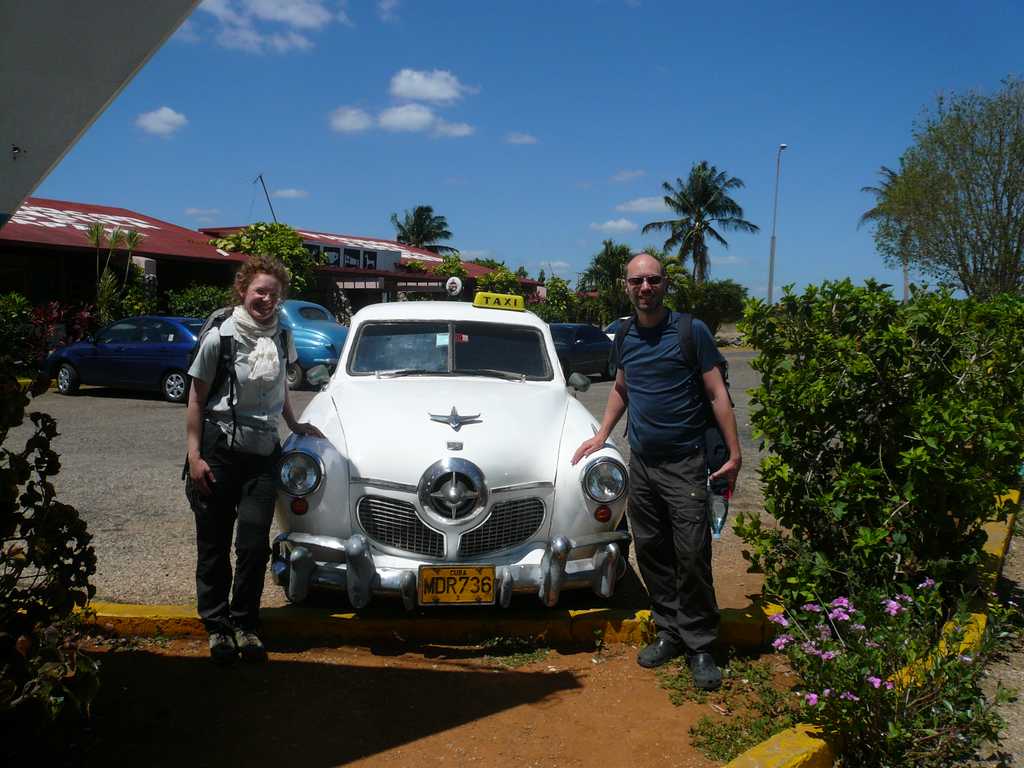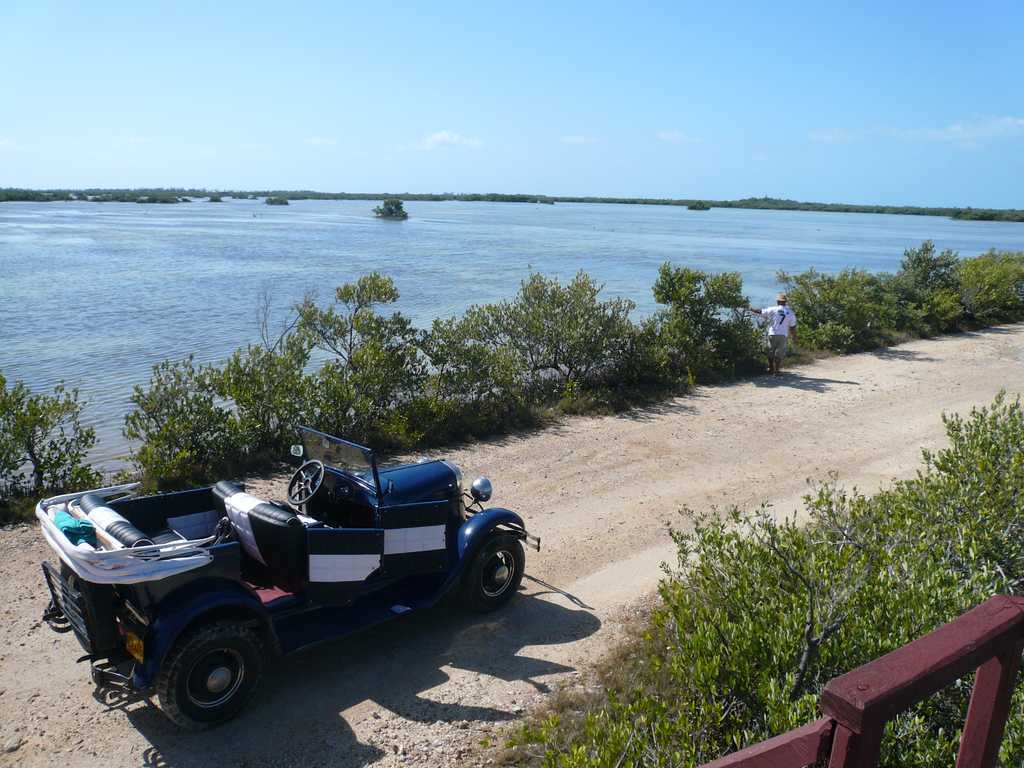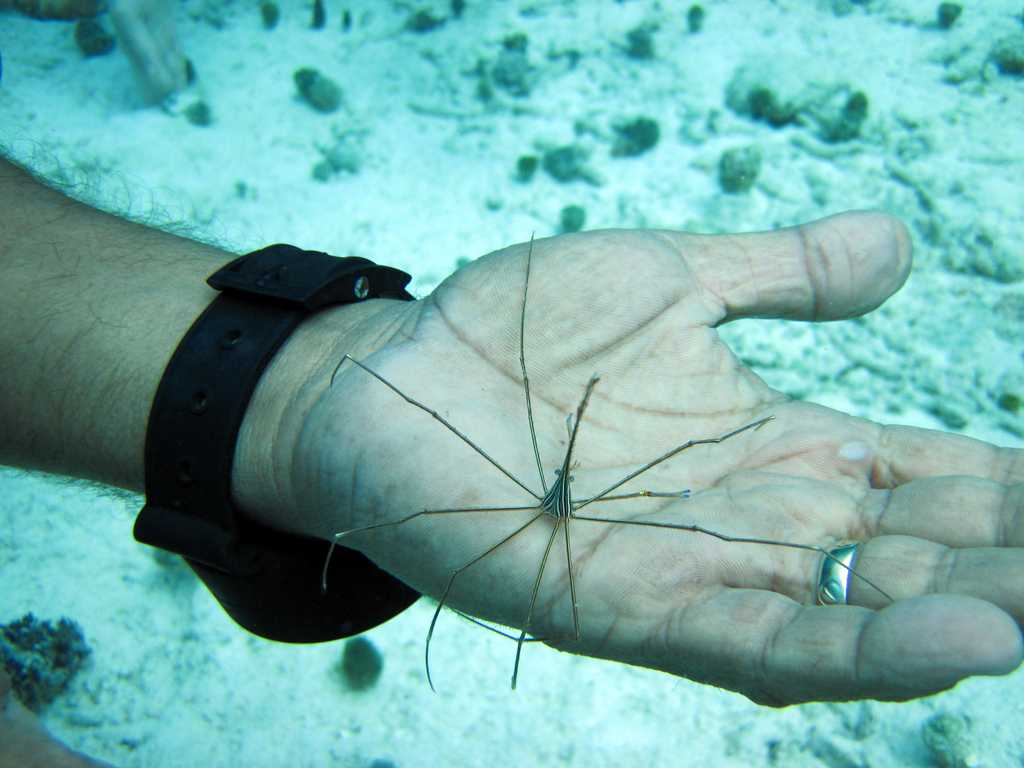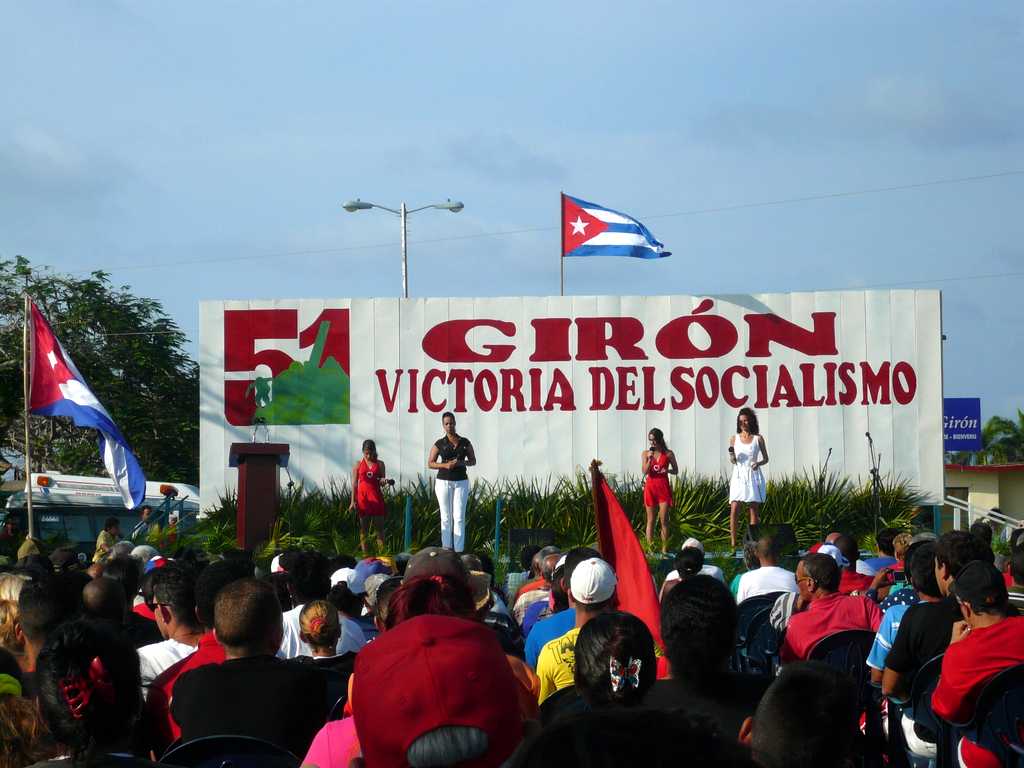
Travelogue Cuba 2012
Bahía de Cochinos
Our next destination was the Bahía de Cochinos, the notorious Bay of Pigs. For the distance of approx. 330 km to Jagüey Grande we chose a Viazul bus. At Jagüey Grande the bus driver let us out at a highway exit with gas station. Here is another anecdote that shows the peculiarities of traveling in Cuba.
As usual, we had reserved accommodation by phone in Playa Larga, the northern end of the Bay of Pigs. From the highway exit where we left the bus, it was still about 30 kilometers to Playa Larga. The guidebook had warned us that there was no public transport here, so our plan was to first see if there was a taxi, and if not, to try to get to Playa Larga by hitchhiking.
So I go to the gas station and ask if you can get a taxi here. The lady I addressed answered me with the question: Are you Gabi and Carlos? I was flabbergasted. Carlos is my middle name, which I often use abroad because it is much easier than Volker. Yes, I said. She, pointing to a young man: This is your driver who will take you to Playa Larga.
The owner of the accommodation, without discussing this with us, had identified our transport needs, worked out approximately when we should arrive and organised a driver! What a service! And this after I am used from other countries in Latin America that you have to think of everything, but really everything, yourself.



The landscape around Playa Larga is rather limited in terms of human use. Here is the largest swamp in the Caribbean, the Península de Zapata is a large national park.
Nevertheless, this area was chosen to drop off about 1400 CIA-trained Cuban exiles in 1961 to start a counter-revolution from there and overthrow Fidel Castro. Why there? Of course, you can argue that in the middle of a swamp you’re not so easily vulnerable. But you can’t really attack from there either. Ultimately, it was probably just a matter of entrenching themselves there, flying in an “exile government” from Florida, then sending out a call for help, to which the USA would then have responded with its entire military superiority. But it didn’t come to that, because within three days the invaders were defeated.


Between Playa Grande and Playa Girón there is a possibility for diving and snorkeling. Behind the beach here is a “water hole” and a cave where salt and fresh water mix.


Our next stop was Playa Girón, the main site of the 1961 Bay of Pigs invasion. And we were there on the very days when the invasion and its suppression had occurred 51 years ago. Accordingly, we were allowed to experience a great socialist spectacle.



And while I’m on the subject of food: We have usually eaten very well in the casas particulares. Often the food was simple but delicious and much more than we could eat. In some cases it was even luxurious, despite all the shortages in supplies for the locals, (e.g. lobster in large portions).